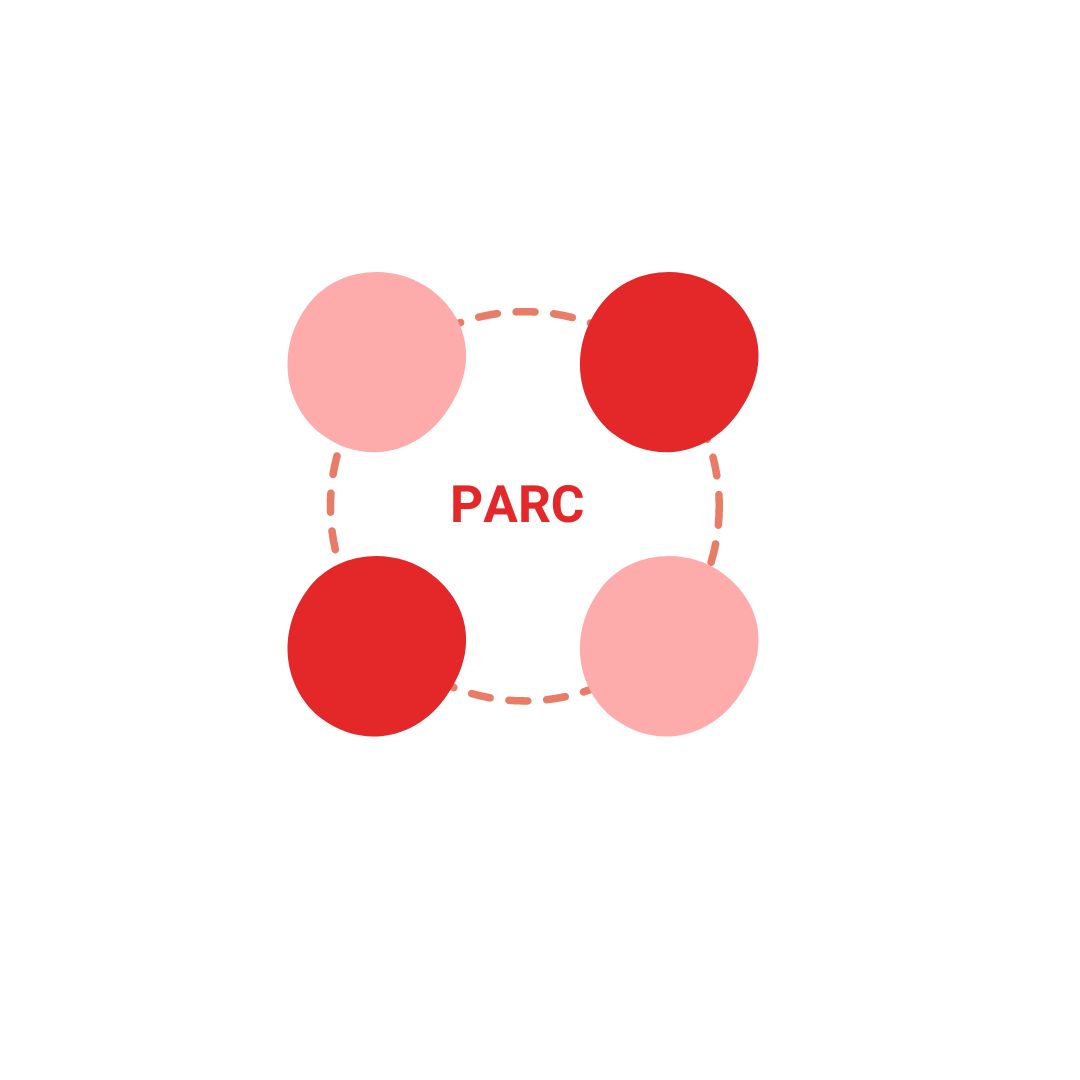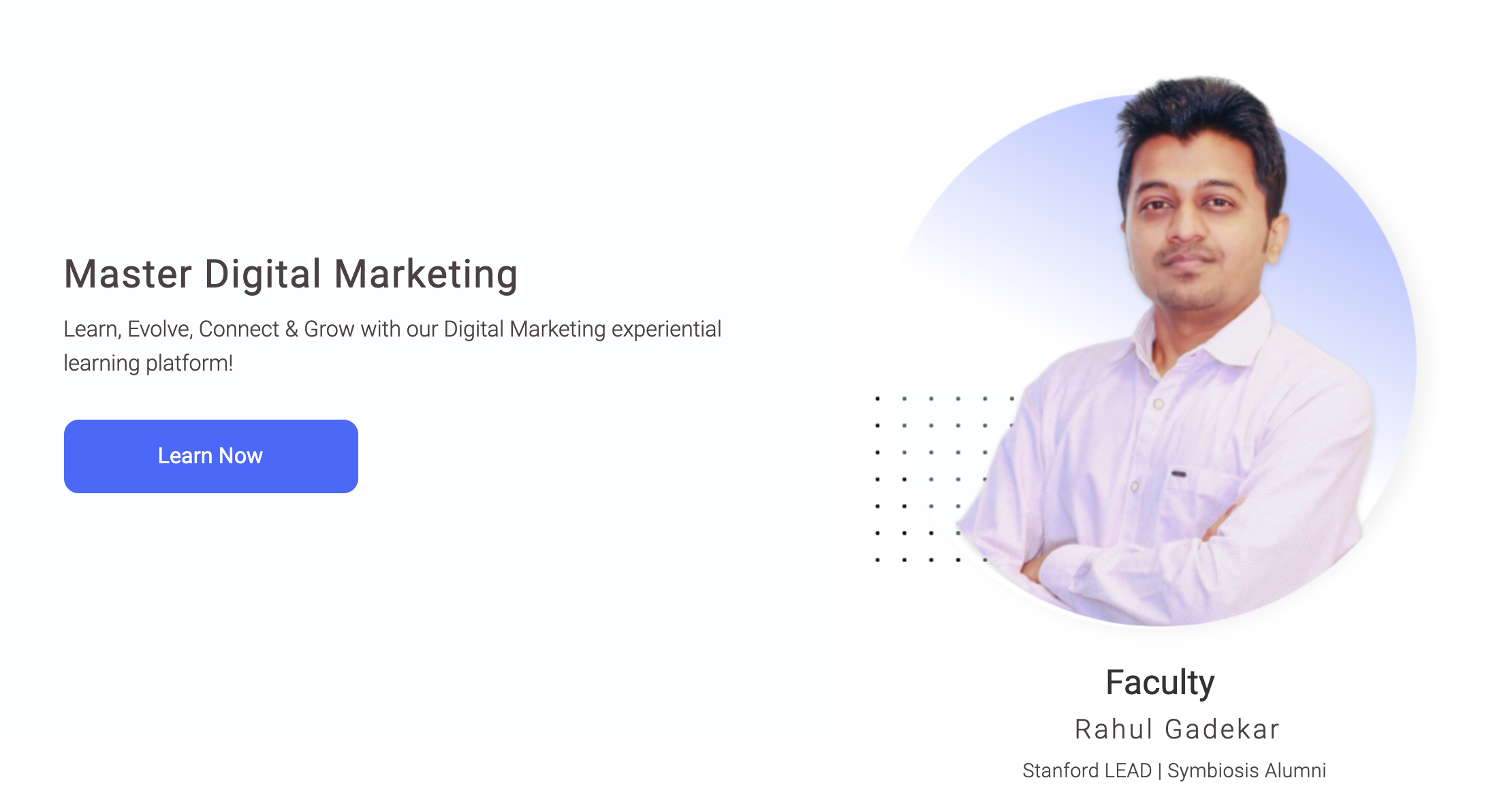OpenAI has till now been known for its image generator software using AI called Dall E2. This software, powered by AI, is able to produce a wide range of images in just a matter of seconds, all from a string of words that it is given. Once again, OpenAI is in the news, this time for ChatGPT, a chatbot made using GPT-3, a technology created by the company. GPT-3 by OpenAI is actually the best-known language-processing AI model on the Internet.
ChatGPT is a long-form question-answering AI model that answers complex questions very conversationally. Technology is considered revolutionary because it understands what humans mean when they ask a question in their own way. Most people who have encountered ChatGPT are awed by its ability to provide satisfactory responses no matter how the question is asked. This, in turn, gives the feeling that this disruptive technology may eventually change the way humans interact with computers to retrieve information. That said, let’s now understand exactly what ChatGPT is.
What is ChatGPT?
ChatGPT is an AI-based chatbot developed by OpenAI, an AI research company based in San Francisco. The company launched its product in November last year. It allows for conversations on topics ranging from history to philosophy, creation of lyrics in any genre, and even computer programming code edit suggestions.
The chatbot is trained to use an enormous compilation of websites, articles, and social media posts that have been scraped from the Internet and real-time conversations in English (primarily) with hired human contractors. It has the ability to mimic not only the grammar but also the structure of writing. Furthermore, it makes use of frequently-used phrases in conversations.
However, the chatbot may not always be accurate, and its sources of information aren’t fact-checked. In fact, it needs human feedback in order to enhance its accuracy. OpenAI’s goal in developing ChatGPT was to support its strategy of building AI software that will enable the company to become profitable. Microsoft, OpenAI’s strategic partner, announced a new multibillion-dollar investment in the company last month, as well as plans to incorporate ChatGPT into the software giant’s products, including the Bing search app.
What is GPT-3?
The third-generation generative pre-trained transformer (GPT-3) is a machine-learning neural network model that is trained to use Internet data and generate all types of text. Users need to input only a small amount of text into GPT-3, developed by OpenAI, to generate relevant machine-generated text in large volumes. The neural network, a deep learning model, makes use of 175 billion ML parameters. Prior to the launch of GPT-3, Microsoft’s Turing Natural Language Generation model was the largest trained language model. This model uses just 10 billion parameters. Currently, the largest neural network that has ever been developed is GPT-3 and is, therefore, far better compared to other models available today. As a result, GPT-3 produces text that is far more convincing and gives the impression that it has been written by a human.
GPT-3 processes the text you input and performs several natural language tasks. It makes use of both natural language generation and processing to not only understand but also generate text that closely resembles natural human language. Historically, it has been a challenging task for machines to generate content that humans can understand because machines generally do not know the nuances and intricacies of language. However, GPT-3 is well-trained to generate text that is similar to that used by humans. In fact, GPT-3 has been trained to create articles, stories, poetry, dialogues, and news reports using only a limited amount of input text. Apart from creating any kind of text-based content, GPT-3 can even generate programming code and text summaries.
What is ChatGPT Used For?
If you are still wondering as to what all ChatGPT can do, let’s explore a little bit about its capabilities. The conversational AI chatbot has the ability to answer the questions you ask it. It is similar to Google Search, but it does not just provide you with information sources as Google does. It presents the information sought by you in a conversational format. Additionally, it structures the information in a way that is akin to what humans would do when answering questions. Moreover, it can answer questions from any field thrown at it—science, mathematics, religion, politics, and sports, to name a few.
Beyond the hype surrounding ChatGPT, some of the common uses include the following:
- Writing a personalized resume as well as a cover letter
- Finding explanations for complex topics
- Finding solutions for tricky math problems
- Getting advice on relationship problems
- Writing, debugging and explaining code
- Creating music in any genre
- Creating content in different languages
- Writing essays on different topics
- Becoming a user’s chat companion
- Creating original jokes
- Creating marketing strategies
- Travel Planning
- Creating Content for SEO
Benefits of ChatGPT
Though they have been in existence for decades, most of the chatbots are still very primitive and are capable of answering only the most basic questions typed in or selected by users on help pages. ChatGPT, on the other hand, has the ability to carry on a conversation by way of queries and generating software code.
The machine-learning model has the ability to carry out a variety of tasks that involve neurolinguistic programming (NLP). This is because it’s trained to use large volumes of text and produce responses that are more human-like when posed with a wide range of requests or questions. Some of the potential benefits of ChatGPT include:
- Improved accuracy and efficiency when it comes to performing NLP-related tasks
- Accurate and quick responses to questions on a wide range of topics
- Helpful in handling a variety of tasks that call for a better understanding as well as the generation of natural language
- Improved efficiency in automating time-consuming and repetitive tasks such as customer service inquiries
- The reduction in costs that automation offers helps businesses enjoy a competitive advantage in today’s challenging and dynamic market conditions
- Improved customer experience as ChatGPT helps create more human-like interactions with customers
- Improved decision-making capability as automation enables access to large volumes of real-time data
How Does ChatGPT Work?
The acronym says it all! GPT (Generative Pre-Training Transformer) refers to a generative language model that is “transformer” architecture-based. This model can process high volumes of text to effectively perform tasks that are natural language-based. Specifically, the GPT-3 model, which processes 175 billion parameters, is by far the largest language model that has ever been trained.
For GPT to work, it has to be “trained” on large volumes of text. The GPT-3 model has been trained on a set of text that contained more than 8 million documents and 10 billion words. It is from this text that the model has learned to perform tasks that involve natural language processing and the generation of coherent and well-written text. After training the model, the GPT may be used for a variety of tasks. Reinforcement learning, which is based on feedback provided by humans, is also used for training the model.
Supervised fine-tuning, which involves human AI trainers conversing as both users and AI assistants, was also employed to further train the model. Besides, the trainers were given written suggestions to enable them to write their proposals. Finally, the new dataset was mixed with the InstructGPT dataset and converted into a dialog format.
As such, ChatGPT boils down to the implementation of a “transformer,” a kind of neural network. The deep-learning algorithm is designed to process text and understand patterns that can be employed for completing various NLP tasks like answering questions or generating text.
The GPT is made up of layers that perform different tasks. The input layer reads the text prompt and passes the information to a set of hidden layers to perform data transformations. The final response is produced by the output layer and passed on to the user.
Is Chat GPT a Threat to Google Search?
The ChatGPT employs advanced machine-learning algorithms in order to generate text that resembles that written by humans. Based on the short input it receives, it answers questions, generates essays, and even writes scientific papers. This is a potentially disruptive technology and will have a huge impact on many industries, including customer service, eCommerce, and content creation, among others.
As it has been trained using billions of documents, the chatbot ends up learning the relationship between different words and finding answers to questions that make sense from a statistical perspective. ChatGPT can potentially enhance the efficiency of search engines and even make them more user-friendly because of its ability to provide accurate natural-language text quickly. As this technology evolves and improves, it may significantly impact the way people use search engines to seek information online. Some experts are of the view that ChatGPT could pose a serious threat to Google because of its functionality.
On the other hand, some other tech experts opine that ChatGPT does not pose any threat to Google as it is neither a product nor a service and is only a tool that companies and organizations may use to enhance their products or services. They also argue that Google is a comprehensive search engine that does much more than just provide search results. It is a platform for advertising and offers features such as email, calendar, and map, among other things, and, therefore, ChatGPT cannot compete with Google at all.
ChatGPT comes at a time when DeepMind, a subsidiary of Google, is planning to launch a chatbot by the name “sparrow”, a safer AI assistant, soon.
What is the Future of ChatGPT?
ChatGPT has to focus on improving its language generation and making it more user-friendly for use in various applications. Furthermore, ChatGPT may get integrated into products such as customer service chatbots and virtual assistants in the near future. Besides, ChatGPT offers a unique experience to its users via its conversational interface, unlike traditional search engines, which generate overwhelming search results. The intention of developing ChatGPT is not to replace search engines. However, its natural language interface and interaction make it more suitable for applications that require a conversational interface, though the results it provides are not as comprehensive as the search results offered by traditional search engines. Therefore, technologies like ChatGPT are more likely to support traditional search engines’ efforts to provide conversational search interfaces and summarize search results.
Conclusion
While ChatGPT is an AI-based language model, Google is a technology company that offers a search engine and a wide range of other products and services. ChatGPT has the capability to provide relevant information and answer questions, but it is not designed with the goal of replacing Google. The two technologies are intended to have different capabilities and serve different purposes.







